This image basically explains my idea:
The module will have a similar form factor as the popular SIM900. This will allow us to build a very compact module, making it very easy to design break out boards as it hapened with the SIM900: http://goo.gl/5nKsDu . There will be a microSD and a micro SIM card slot, mini HDMI and micro USB connectors, and three U.FL connectors for the antennas included in the PCB, so designers will not have to worry about them and can have everything working even without a supporting PCB.
 Mastro Gippo
Mastro Gippo
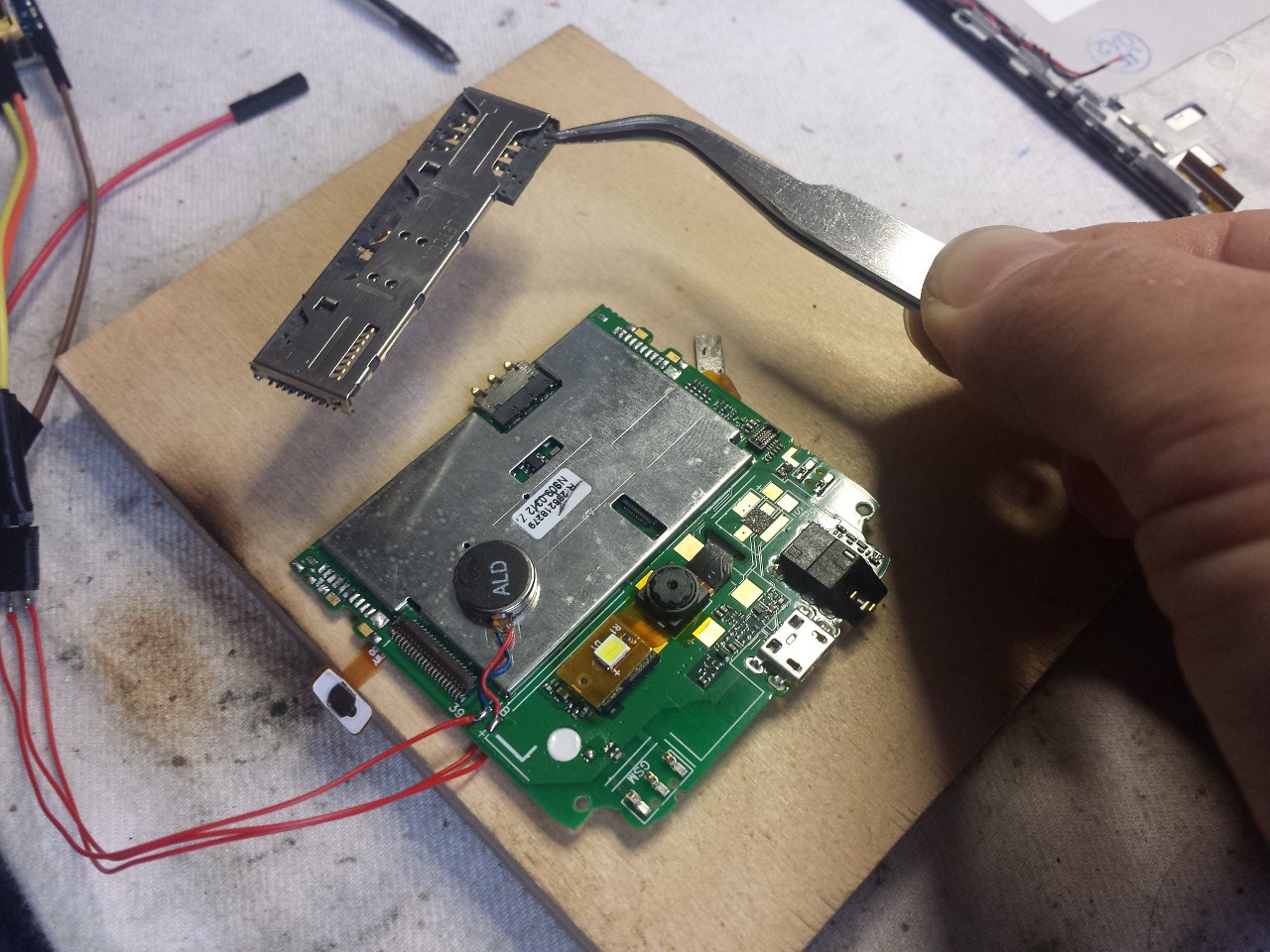
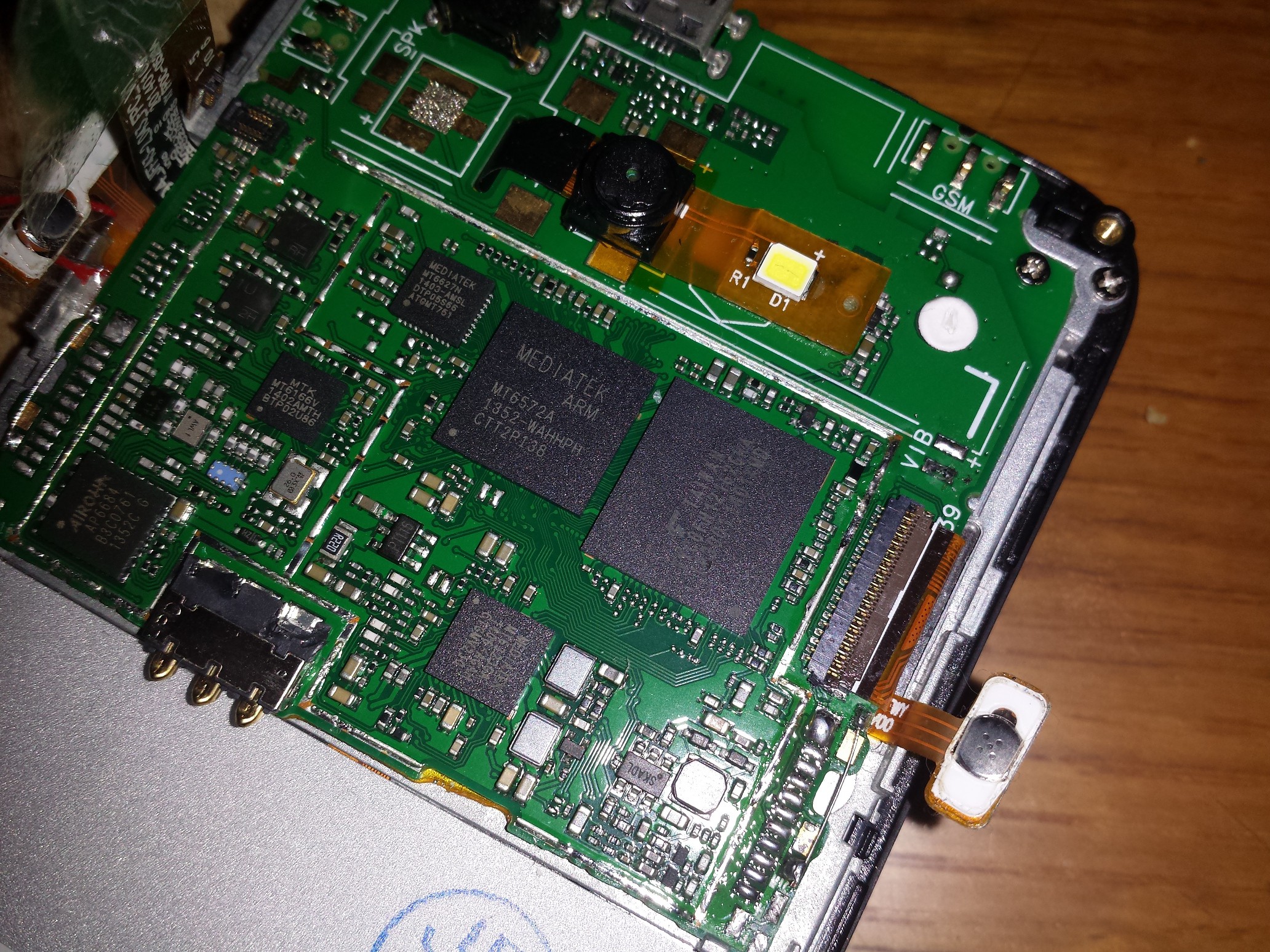
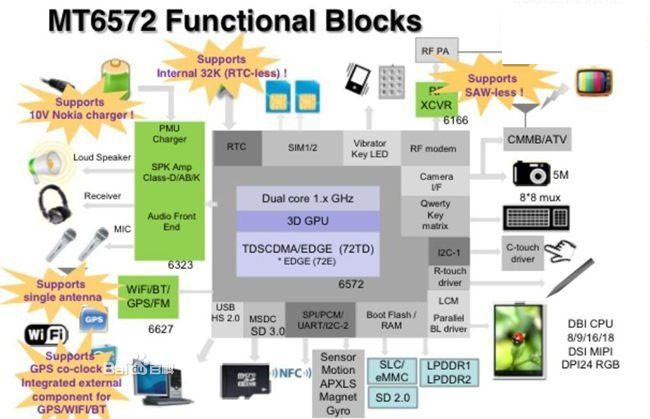
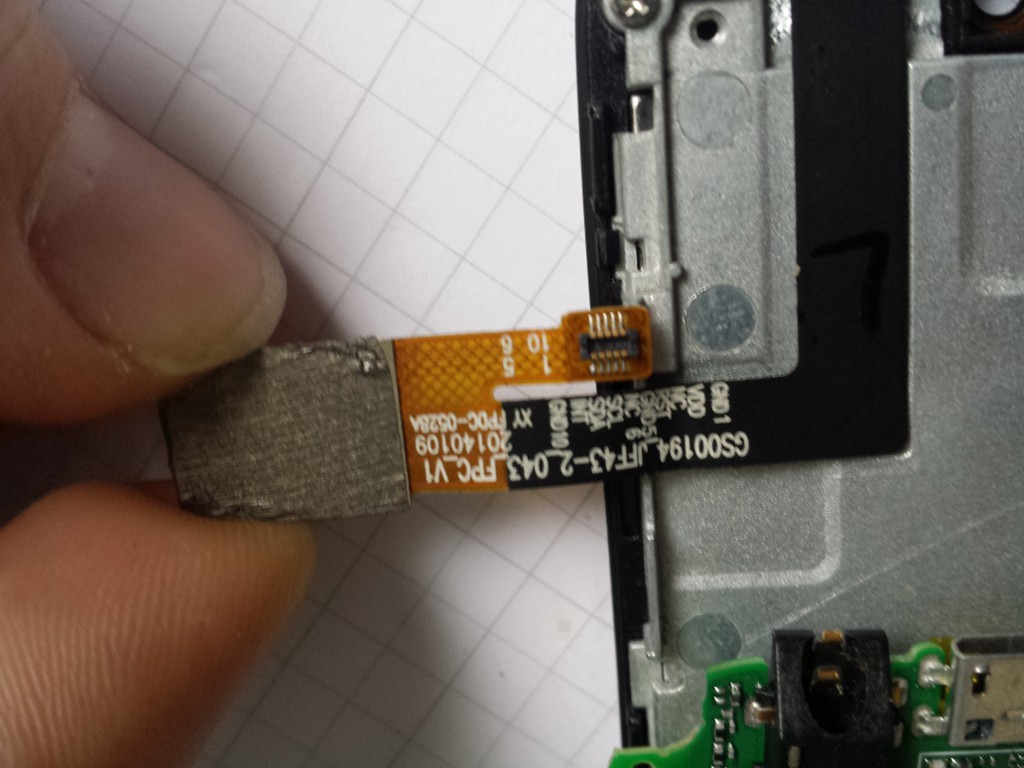
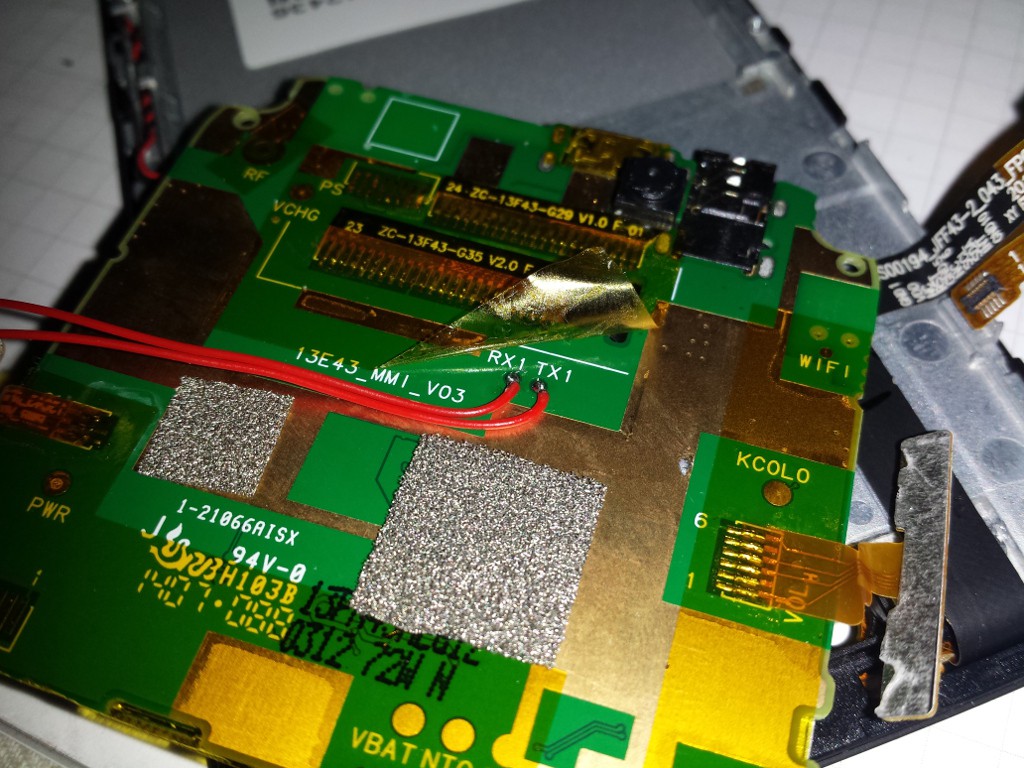
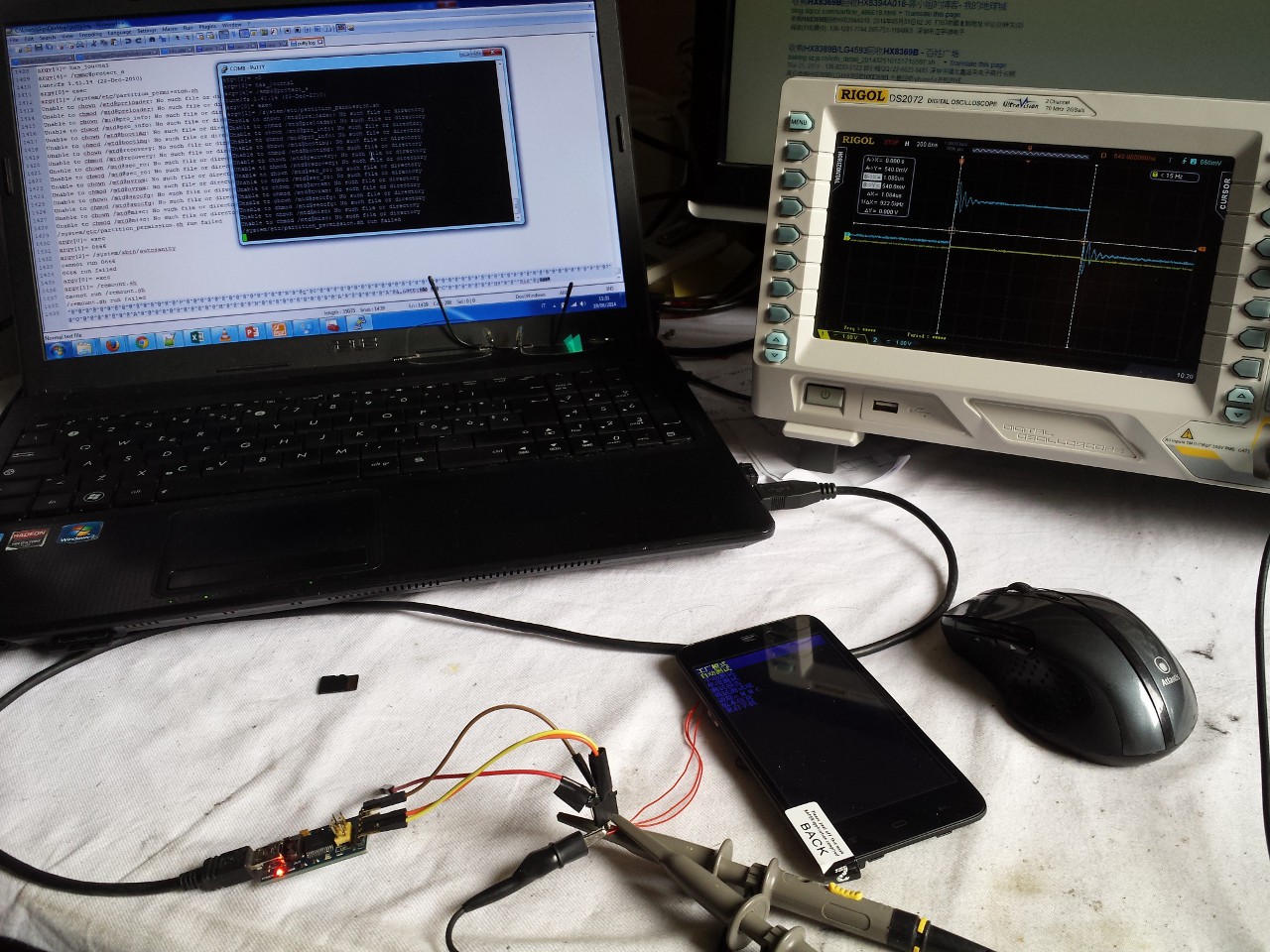
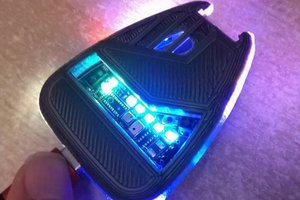
 Xasin
Xasin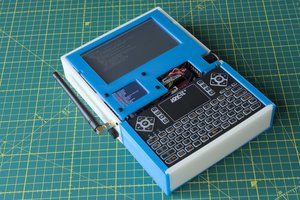
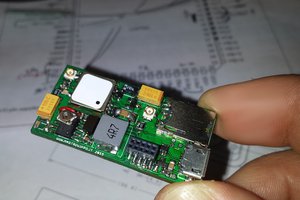
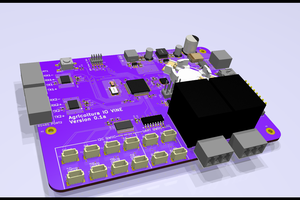
 AVR
AVR